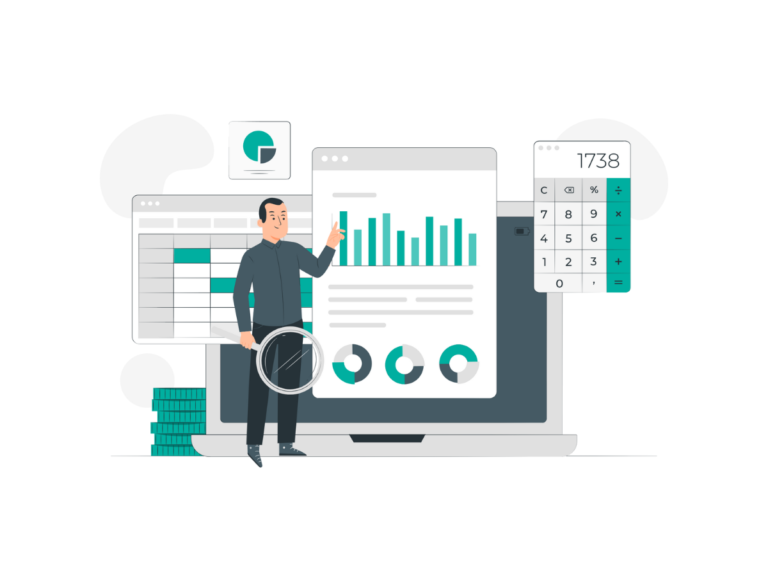For experienced practice managers, refining the billing process is an ongoing challenge. What adds to the complexity is the stark reality that the revenue cycle can often take 120 days or more, making it extremely difficult to manage cash flow in a private practice.
While familiar with basic workflows, many billers rely on labor-intensive methods with limited technology. The constant struggle with manual processes, while enduring long waiting periods for reimbursements, is a pain most billers can resonate with. The reality is that relying on ineffective old technology can aggravate these challenges. However, as billing technology rapidly evolves, it’s time that private practices embrace strategies to increase efficiency.
Most offices already have solutions like EMRs in place. However, with the introduction of AI and other innovative technologies, these solutions often fall short. Many practitioners consider billing in EMRs to be death by a thousand clicks, contributing to staff burnout and exhaustion. EMRs often lag behind rules changes by insurance companies, making them ineffective in helping manage denials.
This article discusses innovative approaches that go beyond traditional systems, providing a transformative solution to the billing challenges practices face.
The Power of Automation in Healthcare
Automation in healthcare extends beyond just convenience. It bypasses traditional healthcare workflows, which often involve manual, time-consuming tasks that more importantly can lead to bottlenecks and errors. Automation streamlines said workflows, from appointment scheduling to patient records. It ensures a smoother, error-free experience, allowing practice managers to focus on what matters most – patient care.
Automation minimizes errors, reduces turnaround times, and enhances overall efficiency. Billing automation can revolutionize the way practices handle financial processes, improving every aspect of patient care and administration.
4 Examples of Billing Automation for Practice Managers
Here’s how adopting strategies for billing automation can help tackle common pain points with ease:
- Automated Eligibility Checks: Verifying patient eligibility manually can be a time-consuming headache. Errors in eligibility checks lead to denied claims and delayed payments. Automating eligibility checks ensures that each patient’s insurance is verified before billing, sparing you time and claim rejections.
- Code Scrubbing: Documenting complex medical codes can be a nightmare, and errors lead to rejections and payment delays. The solution – an automated code scrubbing tool that catches errors before claims go out. This ensures clean, error-free codes, saving you from further delays.
- Intelligent Batch Claim Submissions: Manually submitting claims individually is a time suck – outdated and inefficient. Automated billing processes render manual submissions obsolete, with batch claim submissions allowing you to send multiple claims simultaneously – saving precious time. Intelligent batching can solve for the time frame that it takes for patient’s to meet their deductible, improving the probability of reimbursement by insurance.
- Reimbursement Tracking: Ever wondered where your money is in the reimbursement process? Automation provides a clear roadmap, eliminating stressful uncertainty and allowing you to track claims and know how far along the billing cycle your payment is.
Bottom Line
Billing automation in healthcare is a strategic leap into a future where technology and healthcare work hand-in-hand. Practices diving into this digital transformation aren’t just adopting a system; they’re unlocking a world where efficiency and precision team up, paving the way for improved patient outcomes, streamlined billing cycles, and a healthcare system that stands the test of time.


